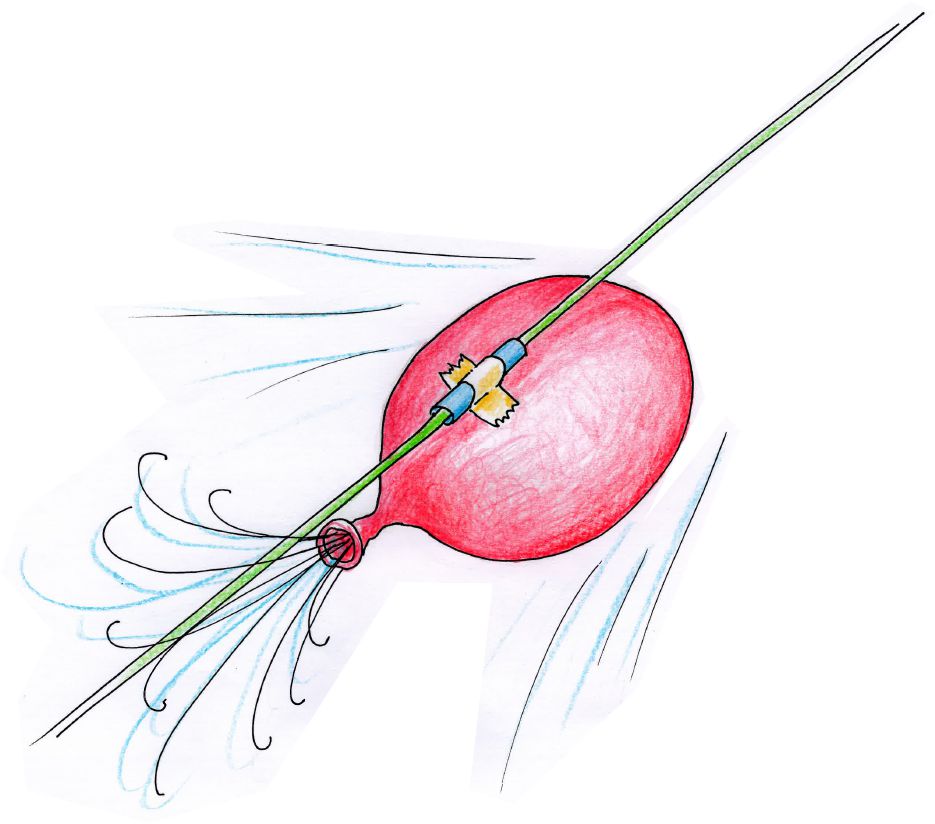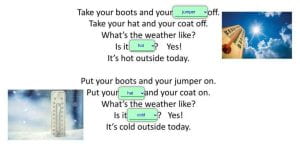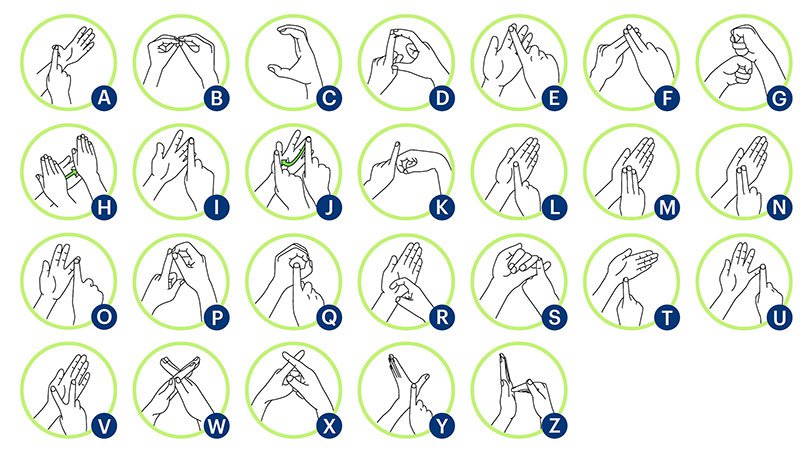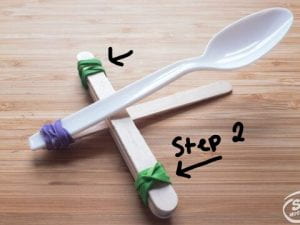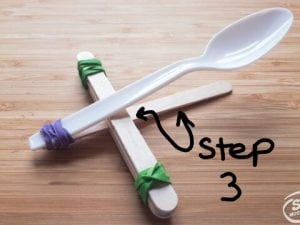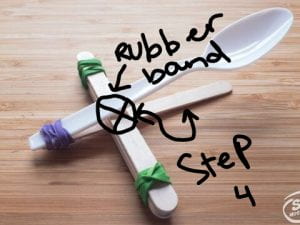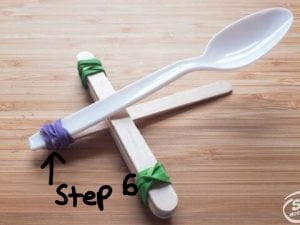Hello everyone, and welcome back to my blog. Today, we continued our exploration of heat, focusing on concepts such as temperature and the distinction between hot and cold. Although we didn’t conduct experiments, we had engaging discussions, examined images and wrote the answer to the picture whether it’s hot, warm, cool or cold. As we explored these ideas, we connected them to everyday experiences, enhancing our understanding of heat’s impact on our lives. Thank you for joining me, and stay tuned for more insights on this fascinating topic. Enjoy!
Heat
- Heat is the energy that is in everything.
- Hot air goes up and cold air goes down.
Ways to keep heat inside
- Heatpump
- Closing windows and doors
- Blanket
- Curtins
More about heat
- Heat is a form of energy.
- Objects are made up of molecules, and heat energy is the movement of the molecules.
- Heat can be transferred from one object to another.
- Cooler objects absorb the heat energy from warmer objects.
- The Sun gives Earth most of its energy.
Questions
How to Recognise When You’re Hot?
1. Physical Sensations:
– Feeling stuffy or uncomfortable
– Increased perspiration, especially on the forehead, palms, and back
2. Environmental Indicators:
– High temperatures outside or in an enclosed space
– Humidity levels are making the air feel thick
3. Emotional Responses:
– Irritability or agitation due to discomfort
– Difficulty concentrating
Differences Between Being Too Hot and Just Warm
1. Discomfort Level:
– Too Hot: Intense discomfort that might make you feel dizzy or fatigued
– Warm: Comfortable with a slight ease, manageable temperatures
2. Physical Reactions:
– Too Hot: Excessive sweating, flushed skin
– Warm: Light perspiration, feeling snug
3. Behavioural Signs:
– Too Hot: Seeking shade or air conditioning, reluctance to engage in physical activities
– Warm: Enjoying outdoor activities, wearing light clothing
Signs Someone Might Be Cold
1. Physical Reactions:
– Shivering: Involuntary muscle contractions to generate heat
– Goosebumps: Skin reacting to cold temperatures
2. Skin Colour Changes:
– Pale Skin Tone: Skin may look white or grey
– Blue or Purple Hues: Particularly in extremities (fingers, toes)
3. Other Symptoms:
– Numbness: Loss of feeling in fingers or toes
– Withdrawal Behaviour: Seeking warmth, pulling away from cold environments
Temperature
- Temperature is a measure of hotness or coldness.
- We can measure temperature with a thermometer/
- Temperature can be measured in CELSIUS it FAHRENHEIT ( American )
- In NZ, we use CELSIUS to measure temperature. You might hear on the news the temperature for the day in Celsius.
- The normal temperature for a human body is 36.5 degrees Celsius.
Thermometer
- The boiling point of water is 100 degrees Celsius.
- The freezing point of water is 0 degrees Celsius.
Activity –
We will get given a picture and I will be writing if they are hot, warm or cold, and why.
Cold: I can tell this person is cold because they are shivering and blowing on their hands to generate heat. Despite wearing thick clothing, they likely feel cold in their hands since they are not wearing gloves.
Warm: The child is in warm water, and the sun is shining brightly on his skin. He feels relaxed, which is why I think it is warm, not hot.
Warm: The dog feels warm because he is snug in his blanket, which keeps him heated. He is not cold, as he would be shivering and curled up if he were.
Cold: It is cold outside because it is snowing, with snow everywhere, on the roof, on the ground, on the trees, and all around.
Hot: This is hot because I can see the pot on the stove, ready to boil. The presence of bubbles on the pot indicates that it is boiling.
Warm: It feels warm because the cat is sitting on the wall heater, which radiates heat into the surroundings.
Temperature and keeping warm
We have various effective methods to keep warm, one of the most common being the way we utilise clothing to trap our body heat. When we bundle up in cosy layers, the fabric acts like a barrier, insulating our body warmth and preventing it from dissipating into the cold air surrounding us. Similarly, the installation of thick, well-made curtains can significantly enhance the warmth of a room, they operate as a protective shield that keeps the cosy air inside while blocking out the chill that seeps through windows. By creating this barrier, both our clothing and these heavy curtains work in tandem to maintain a comfortable and inviting atmosphere, ensuring that we can enjoy our spaces even when the temperatures drop outside.
Thanks, hope you found this informative and interesting
Shreeya✿
